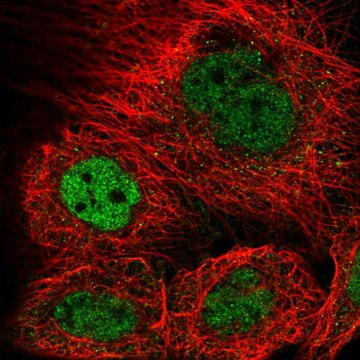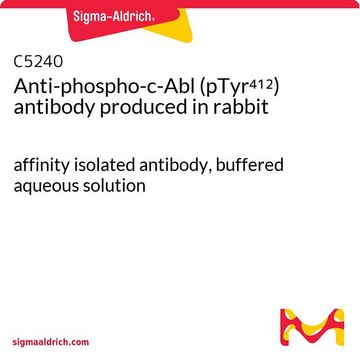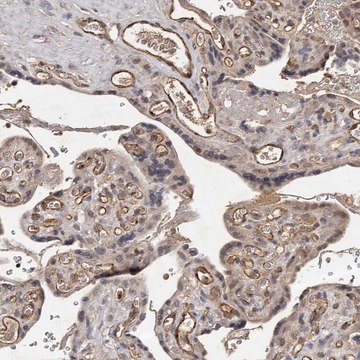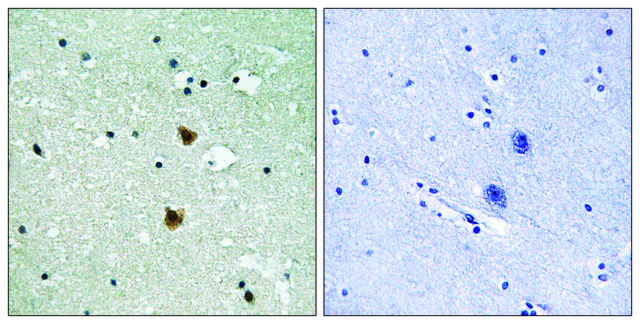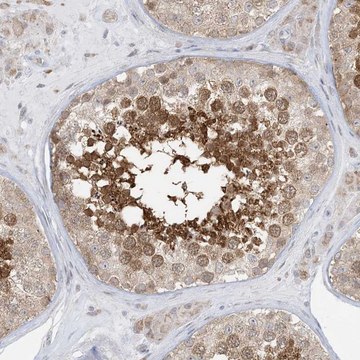PHR1804
Paroxetine hydrochloride
Pharmaceutical Secondary Standard; Certified Reference Material
Synonym(s):
Paroxetine hydrochloride hemihydrate, (3S-trans)-3-[(1,3-Benzodioxol-5-yloxy)methyl]-4-(4-fluorophenyl)piperidine hydrochloride hemihydrate
About This Item
Recommended Products
grade
certified reference material
pharmaceutical secondary standard
Quality Level
agency
traceable to BP 1024
traceable to Ph. Eur. Y0000281
traceable to USP 1500218
API family
paroxetine
CofA
current certificate can be downloaded
packaging
pkg of 500 mg
technique(s)
HPLC: suitable
gas chromatography (GC): suitable
application(s)
pharmaceutical (small molecule)
format
neat
storage temp.
2-8°C
Looking for similar products? Visit Product Comparison Guide
General description
Pharmaceutical secondary standards for application in quality control provide pharma laboratories and manufacturers with a convenient and cost-effective alternative to the preparation of in-house working standards.
Paroxetine hydrochloride, a phenylpiperidine derivative, is a selective serotonin reuptake inhibitor (SSRI) used for its anti-depressant properties. It is used to treat major depression, post-traumatic stress disorder (PTSD), panic disorder, and obsessive-compulsive disorder (OCD) among others.[1]
Application
- Development of a reversed phase high-performance liquid chromatographic (RP-HPLC) method for the determination of paroxetine and clonazepam in pharmaceutical tablet forms[1]
- High-performance thin-layer chromatographic (HPTLC) determination of paroxetine and clonazepam in pharmaceutical formulations following International Conference on Harmonization (ICH) guidelines[2]
- Chiral and achiral impurity profiling of paroxetine hydrochloride using supercritical fluid chromatography (SFC) and a chiral stationary phase
- Determination of seven phosphodiesterase-5 inhibitors and serotonin reuptake inhibitors by HPLC combined with diode array detection (DAD) from tablet dosage forms
- Separation and estimation of paroxetine from its enantiomeric and diastereomeric impurities by an HPLC method using an amylose-based chiral stationary phase
Biochem/physiol Actions
Analysis Note
Footnote
signalword
Warning
hcodes
Hazard Classifications
Acute Tox. 4 Oral - Aquatic Acute 1 - Aquatic Chronic 1 - Eye Irrit. 2 - Skin Sens. 1 - STOT SE 3
target_organs
Respiratory system
Storage Class
11 - Combustible Solids
wgk_germany
WGK 3
flash_point_f
Not applicable
flash_point_c
Not applicable
Certificates of Analysis (COA)
Search for Certificates of Analysis (COA) by entering the products Lot/Batch Number. Lot and Batch Numbers can be found on a product’s label following the words ‘Lot’ or ‘Batch’.
Already Own This Product?
Find documentation for the products that you have recently purchased in the Document Library.
Our team of scientists has experience in all areas of research including Life Science, Material Science, Chemical Synthesis, Chromatography, Analytical and many others.
Contact Technical Service

